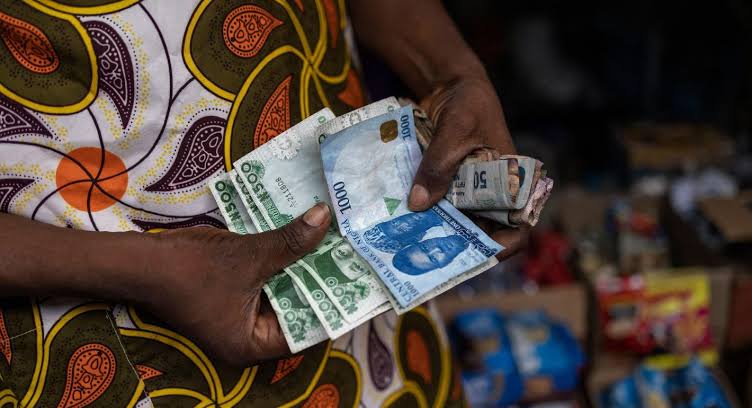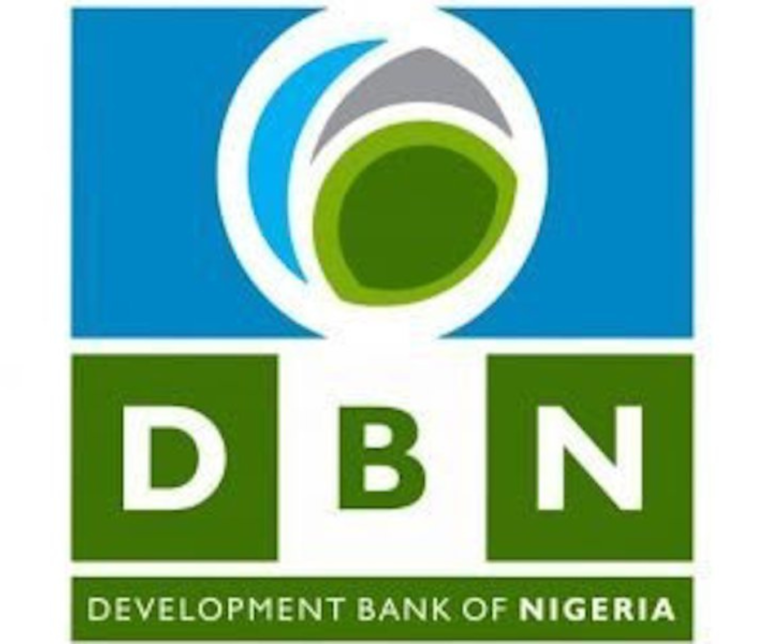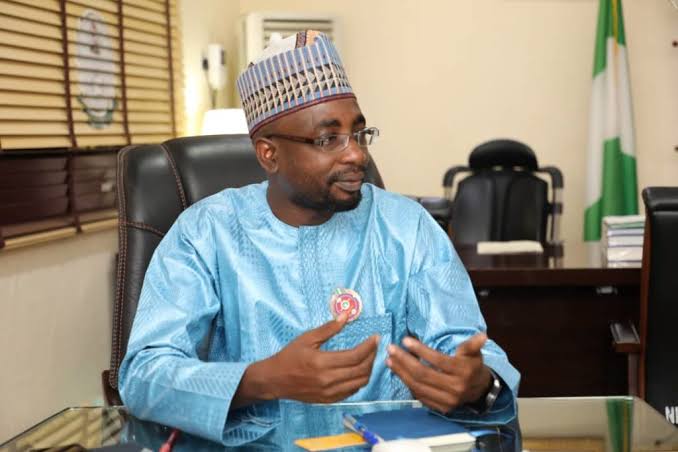Yemi Cardoso, the Governor of the Central Bank of Nigeria (CBN), is overseeing a redesign of the Nigerian naira as part of a broader effort to stabilize the country’s economy. The stated goals of the redesign are to address issues related to currency circulation, counterfeiting, and the overall efficiency of the monetary system.
Motivations for Currency Redesign:
The decision to redesign the naira is officially attributed to the following factors:
- Counterfeiting: Authorities claim that the prevalence of counterfeit currency has eroded public confidence in the naira. The new designs and security features are intended to make the currency more difficult to replicate. However, the actual impact on counterfeiting rates remains to be seen.
- Deterioration of Currency Quality: The CBN cites the poor condition of existing banknotes as a reason for the redesign. The introduction of more durable materials and modern printing techniques is expected to extend the lifespan of the currency.
- Economic Modernization: The redesign is presented as part of a broader initiative to modernize the financial system and promote cashless transactions. However, critics argue that this may disproportionately affect low-income Nigerians who rely on cash transactions.
Key Features and Potential Challenges:
The redesigned naira incorporates several new features:
- Enhanced Security Features: The new banknotes include advanced security elements such as holograms, watermarks, and intricate patterns. The effectiveness of these features in deterring counterfeiters will be closely monitored.
- Digital Integration: The redesign aims to align the naira with digital payment systems, promoting a transition to cashless transactions. However, the success of this initiative will depend on improving digital infrastructure and addressing concerns about cybersecurity and financial inclusion.
- Public Awareness Campaigns: The CBN is implementing public awareness campaigns to educate citizens about the new currency and its features. The effectiveness of these campaigns in ensuring a smooth transition and preventing confusion remains to be evaluated.
Potential Economic Impact:
The CBN claims that the redesign of the naira will have several positive effects:
- Increased Trust: A more secure currency is expected to foster greater public trust and encourage financial transactions.
- Reduction in Counterfeiting: Enhanced security features are intended to reduce the incidence of counterfeiting.
- Facilitating Economic Activity: A more efficient currency system is expected to promote economic activity and growth.
However, analysts caution that the redesign of the naira could also have unintended consequences, such as increased inflation, disruption to trade, and a loss of confidence in the currency. The actual impact on the Nigerian economy will depend on how effectively the CBN manages the transition and addresses potential challenges.
Conclusion:
Yemi Cardoso’s focus on currency management and the redesign of the naira represents a significant undertaking with potentially far-reaching consequences for Nigeria’s economy. While the stated goals are laudable, the success of this initiative will depend on careful planning, effective implementation, and a willingness to address potential challenges. International observers are watching closely to see whether this redesign will strengthen the naira and contribute to a more stable and prosperous Nigeria, or whether it will exacerbate existing economic problems.









